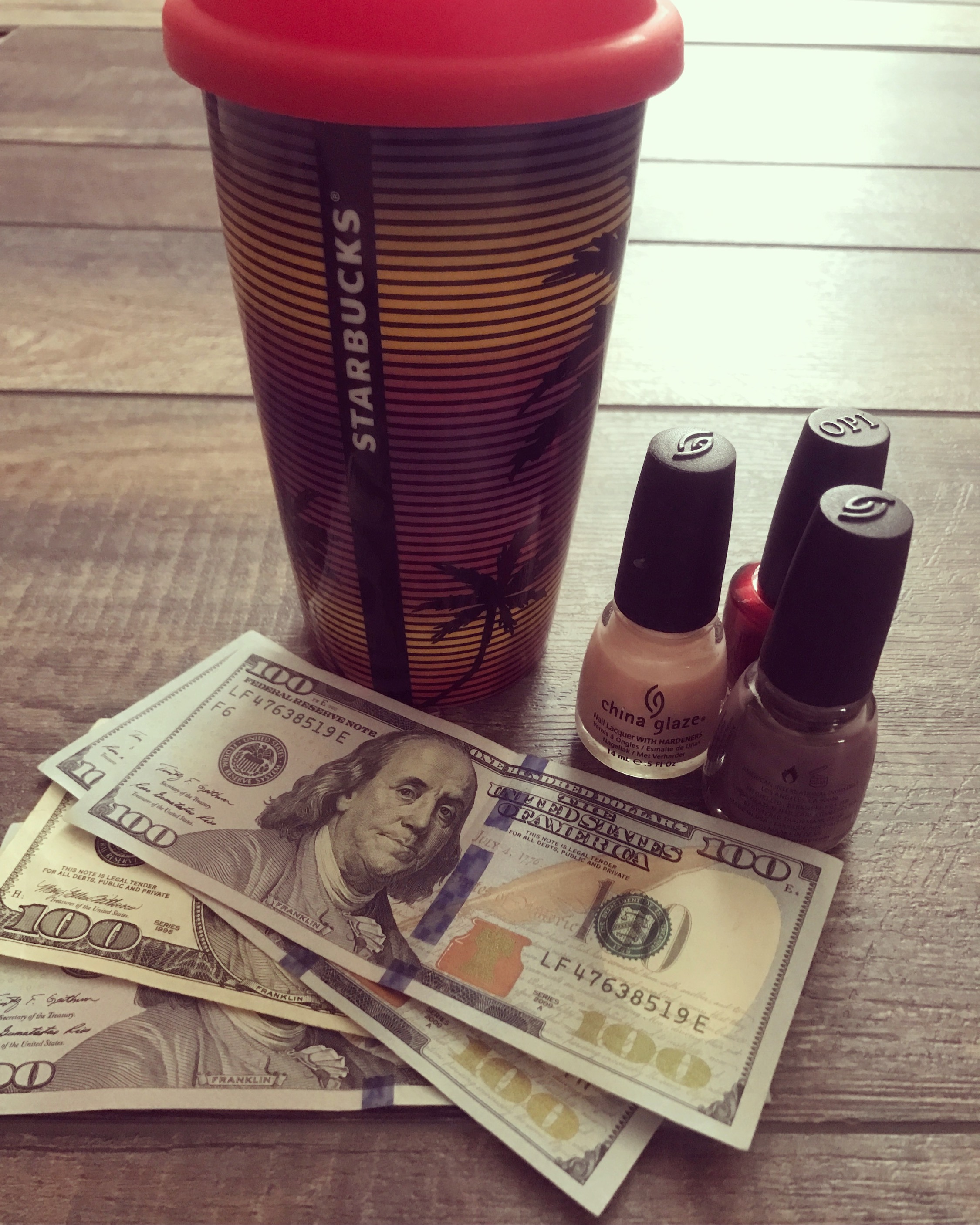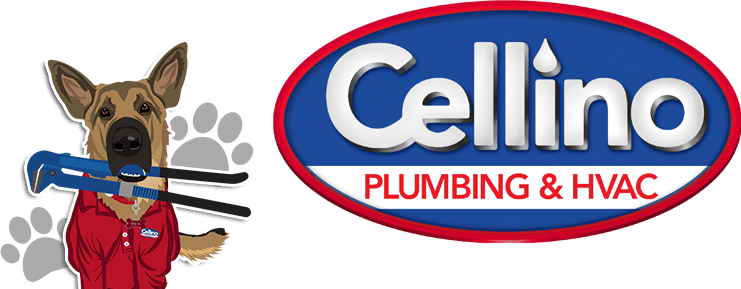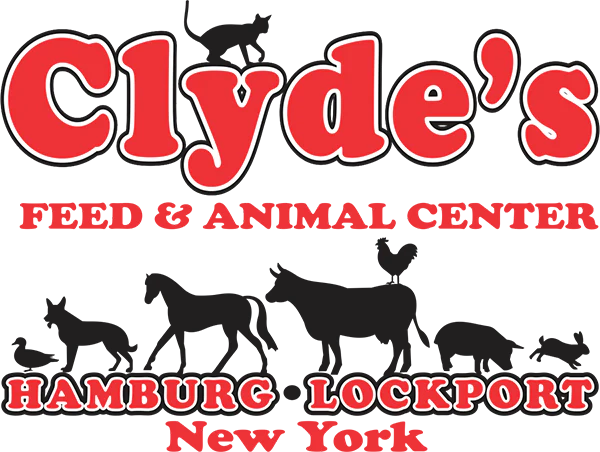There’s a difference between being cheap and being thrifty. Cheap is being a horrible tipper or not tipping where appropriate. (I tip 20 percent or more.) Cheap is never bringing a gift or dish to pass to a house party, or not fighting over a check with your friends. And speaking of friends, if you ever do business with them, don’t you dare ask for a discount. That’s cheap. You utilize your friend’s services because you want to support them and hopefully they will return the favor for you.
Being thrifty is having judgement to save money when necessary and appropriate. I consider myself to be thrifty. I don’t believe in spending money frivolously – a penny saved is a penny earned. Some of the wealthiest people I know are parsimonious –they like to keep their money where it is and watch it grow. At the end of the day, it comes down to wants vs. needs.
I like to think of the items I purchase as investments. I always ask myself “do I really need this? Will I use this? Will this save me money in the long run?” If I can’t answer honestly, I’ll sleep on it and see how I feel the next day. Impulse shopping is dangerous.
Of course, there’s always going to be times when we need to spend money, even when we don’t want to. If you’re lucky enough to have amazing friends and family, thank them by attending their showers, weddings and birthday parties. Parking tickets and speeding tickets are painful, but at the end of the day could have been avoided.
I used to live paycheck to paycheck. In some situations, it’s unavoidable. I, on the other hand, wasn’t living within my means. I had whatever I wanted, whenever I wanted and I never knew how to say no. I call this “educational debt” because I certainly learned a lot from my spendings. Where was all my money going?
I had to get out my computer and tally up every single thing. Wow. Insanity. I laughed, then cried, and then came to the realization that I needed to make changes in my life if I ever wanted to retire.
Here’s how I saved $4,500 a year:
Nails
I used to get my nails done two times a month and a pedicure monthly. I was spending over $1,200 a year on my nails. Now I do them myself and treat myself at a salon on occasion.
Dry cleaning
My dry cleaning bills were over $500 a year. That’s not a lot, but it can certainly add up. I learned that “dry-clean only” is just a myth. Hand wash and hang-to-dry does the trick. Unless it’s a suit – invest in a steam cleaner. They’re like $50 and will save you a lot of moolah in the long run. Avoiding dry-cleaning is also better for the environment.
Coffee
The Tim Hortons or Starbucks addiction. I used to go to Timmy Hos every day and to Starbucks at least two times a week. That’s a lot of coffee. This little addiction cost me over $1,200 a year. I invested in a Keurig, a ceramic travel mug, a reusable K-cup and I buy pre-ground coffee. After the Keurig was paid off, my cup of coffee now costs less than 20 cents a cup. I can also leave 20 minutes later for work to avoid the long line of cars at the coffee shop drive-thru.
Bottled water
Always being on the road, I would buy water bottles at work. For around $20 you can purchase a water bottle that filters. I probably spent around $250 a year on bottled water, but still, dollars add up quickly.
Clothing If you read my article on how to dress for an interview, you know my thrifting skills. I like to rotate my closet and bring things I no longer wear or have too many of to consignment shops. This can be extra cash in my pocket or I can trade my old clothes for new using the money from my sales in store credit.
Pack your lunch
Last but not least, I used to spend roughly $75 a week on lunches, at minimum. I loved dining out and I still do. But my wallet hated it because that’s give or take $3,500 a year. I now make my lunch, which is healthier and more economical. I save about $2,000 a year doing so.
I’ve read several studies that say Americans today are in more credit card debt than ever. I no longer am in this category, but it took years of sacrifice and a watchful eye to climb out of it. Are there things I still splurge on? Absolutely. But now, thanks to my penny-pinching, I have more of a cushion in my savings. I don’t feel as burdened when unexpected expenses arise now and again.
If you ask yourself the same question I did, “where does all my money go?” I suggest you sit down and take a hard look at where you’re spending your money. I did, it was painful, but very rewarding in the end. It’s not easy to save money, or say no, but sometimes making small adjustments will benefit us in the long run. That cup of coffee today could add up to pay for your child’s college tuition in 18 years.
For more money saving tips, visit thestickvacuums.com/how-to-save-money-each-month/.



























